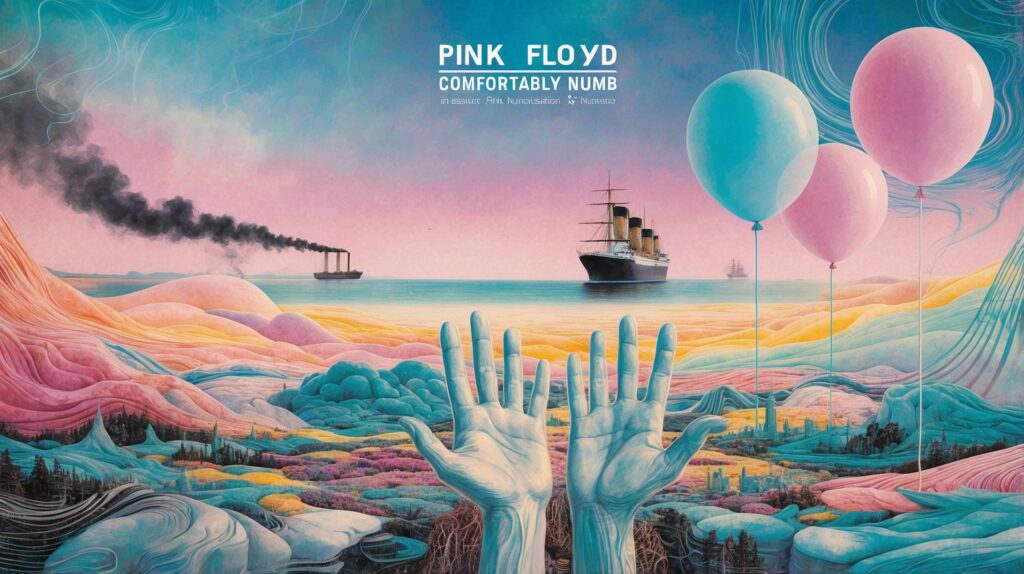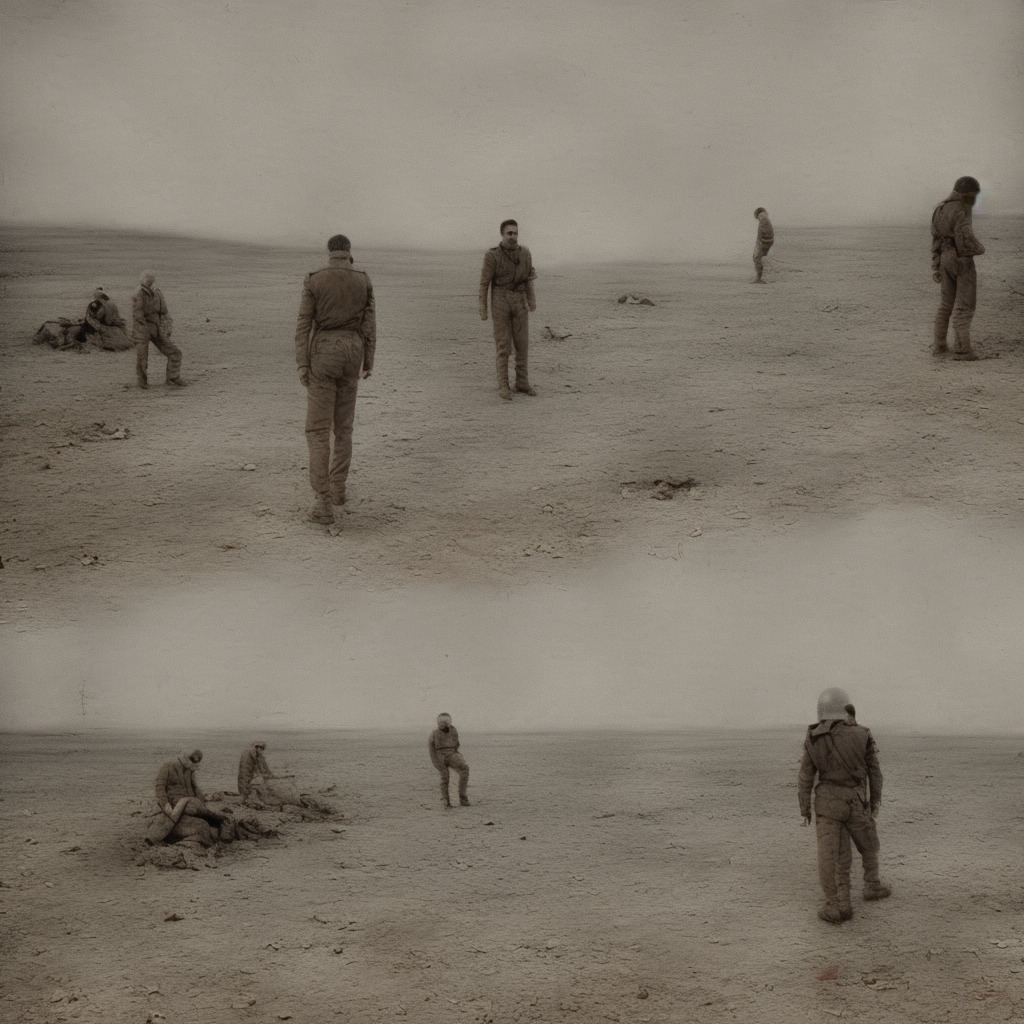? Did you know? #SherylCrow’s iconic hit “Leaving Las Vegas” wasn’t about the city, but rather a farewell to her old life! ?? Catch a new vibe with this classic gem! ? #LeavingLasVegas #MusicTrivia #90sRock ✌️? Read about it: tinyurl.com/38wp9cnt
Assessing Sheryl Crow’s Stirring Impact with a Classic Hit
“Sheryl Crow’s haunting classic, ‘Leaving Las Vegas,’ showcases her enduring artistry and emotive songwriting that has captivated fans for over three decades.”

Sheryl Crow, a multi-talented and proficient singer-songwriter known for her passionate and insightful lyrics, has been making waves in the music industry ever since the early ’90s. With a career spanning over three decades, Sheryl has successfully carved her niche in the world of rock, folk, and country music, garnering a massive fan base and critical acclaim in the process.
One of her most iconic numbers, “Leaving Las Vegas,” hails from her debut album “Tuesday Night Music Club,” which was released in 1993. The song is a haunting narrative about the dark side of the city of Las Vegas, and it’s based on a semi-autobiographical novel of the same name by John O’Brien, a friend of co-writer David Baerwald.
While the song’s origin has been marred by controversy, with O’Brien’s family claiming that Crow exploited their late relative’s work for her own gain, it’s undeniable that the song has left an indelible impact on listeners. The evocative lyrics and catchy melody line, combined with Sheryl’s mesmerizing vocal delivery, take you on an emotional journey that ends with an unforgettable punch.
Over the years, Sheryl Crow has explored various musical styles and themes, collaborating with legendary artists such as Sting, Eric Clapton, and the Rolling Stones. Her diverse discography boasts nine studio albums and numerous chart-topping hits like “All I Wanna Do,” “If It Makes You Happy,” and “Soak Up the Sun.”
Sheryl’s musical prowess has not gone unnoticed; her accolades include nine Grammy Awards and three American Music Awards, showcasing her immense talent and influence in the music landscape. She’s also shown her commitment to social causes, using her platform to raise awareness about environmental issues and support charities.
However, not all of her works have been universally acclaimed. Critics have occasionally found fault with some of her songs, claiming they lack depth or originality. Despite these critiques, Sheryl’s dedicated fan base remains loyal, and her music continues to resonate with listeners worldwide.
In conclusion, the song “Leaving Las Vegas” is an essential milestone in Sheryl Crow’s illustrious career. Its raw, poignant theme coupled with Sheryl’s powerful artistry has made it a timeless classic in the rock genre. While not without flaws, Sheryl Crow’s ever-evolving musical journey has consistently brought forth engaging, soul-stirring music that continues to captivate audiences around the globe.
Charting the Journey of a Memorable Tune
“Leaving Las Vegas” – Sheryl Crow’s memorable chart-climber that launched her unique rock-pop-country fusion into the musical limelight.

When it comes to chart success, “Leaving Las Vegas” brought Sheryl Crow into the spotlight as a formidable force in the music industry. The song was released on February 1, 1994, as the second single from her debut album, “Tuesday Night Music Club.” It made its first appearance on the Billboard charts shortly thereafter.
The initial chart position for “Leaving Las Vegas” was rather modest, but it soon began to climb up the ranks. By May 14, 1994, the song had reached its peak chart position of No. 60 on the Billboard Hot 100. While it may not have broken into the Top 40, it certainly made an impact and helped to establish Sheryl Crow as an artist worth watching.
In addition to its peak position on the Billboard Hot 100, “Leaving Las Vegas” also found success on other charts. It managed to reach No. 5 on the Billboard Modern Rock Tracks chart and No. 32 on the Billboard Mainstream Rock Tracks chart. The song’s popularity extended beyond the United States, as it climbed to No. 78 on the Canadian RPM Top Singles chart.
One interesting piece of trivia about the song’s chart performance is that it actually outperformed the album’s first single, “Run Baby Run,” which did not chart on the Billboard Hot 100. This success helped propel Sheryl Crow’s career forward and paved the way for her future chart-topping hits, such as “All I Wanna Do” and “Strong Enough.”
Overall, “Leaving Las Vegas” may not have conquered the charts, but it played a significant role in introducing the world to Sheryl Crow and her unique blend of rock, pop, and country influences. Its chart performance, coupled with its memorable music video and live performances, secured its place as an important milestone in the artist’s career.
Dissecting the Underlying Themes of the Lyrics
Life springs eternal on a gaudy neon street
Not that I care at all
I spent the best part of my losing streak
In an Army Jeep
For what I can’t recall
Oh I’m banging on my TV set
And I check the odds
And I place my bet
I take a sip of wine
And I try to forget
But I ain’t leaving
Las Vegas, even if I wanted to
There’s a 747 flying through a midnight sky
And there isn’t room for me
On that telephone line
I got a reaction
I got a reaction
Didn’t I, didn’t I
You could say I’m hanging on
But there ain’t much left for me to be on
I wouldn’t know if you were right
Or if I’m wrong
Sister, where’ve you been
Sleeping in the canyon
By the still water’s end
There’s a hole in my head
That says to leave
And I ain’t leaving
Las Vegas, even if I wanted to
Sheryl Crow’s “Leaving Las Vegas” is a song filled with evocative imagery and genuine emotion, providing a snapshot of the turbulent era it was written in – the early 1990s. The lyrics reflect a certain disillusionment and aimlessness prevalent in the post-80s decadence and the resulting emotional fallout.
The protagonist in the song seems to be trapped in the glitzy, superficial world of Las Vegas, struggling to find a sense of purpose and an escape from the cyclical nature of their existence. The mention of an “Army Jeep” and a “losing streak” suggests a past filled with hardship and possibly a military background. This can be seen as a metaphor for the larger disillusionment experienced by many during the era, especially veterans returning from the Gulf War.
The lyrics illustrate a futile attempt to numb the pain through gambling, drinking, and other forms of escapism. However, the line “But I ain’t leaving Las Vegas, even if I wanted to” conveys a sense of resignation and acceptance of one’s fate, reflecting the broader societal sentiment of powerlessness in the face of change.
The passage about a “747 flying through a midnight sky” paints a picture of longing for escape and the unreachable nature of that desire. The mention of a “hole in my head” further reinforces the idea of a damaged psyche seeking solace and healing.
Overall, the lyrics of “Leaving Las Vegas” provide a raw and unfiltered glimpse into the desperation and search for meaning many individuals felt during the early 1990s. The song stands as a testament to the pervasive sense of disillusionment and the struggle to overcome personal demons that characterized the era.
Visuals Galore: The “Leaving Las Vegas” Music Video
Dive into the neon-drenched, film noir-inspired visual masterpiece of Sheryl Crow’s iconic “Leaving Las Vegas” music video, where chaos collides with self-discovery on the vibrant Vegas Strip.
One of the highlights of Sheryl Crow’s debut single, “Leaving Las Vegas,” is its captivating music video directed by the talented David Hogan. Known for his work with renowned artists such as Prince and Alanis Morissette, Hogan’s creative vision for this video perfectly complements Crow’s engaging narrative about a tumultuous journey of self-discovery.
The music video for “Leaving Las Vegas” features a unique blend of performance shots and narrative-driven scenes, set against the backdrop of the vibrant and chaotic Las Vegas Strip. With an impressive budget of $200,000, the production team was able to create a visual masterpiece that captures the essence of the song while adding depth and intrigue to the story.
Crow’s artistic approach to the music video includes a clever use of contrasting visuals: gritty, neon-drenched streets filled with tourists and gamblers juxtaposed with the glamorous, sparkling casinos and hotels. This duality reflects the internal struggle of the protagonist, as they grapple with the highs and lows of life in Las Vegas. Additionally, the video’s overall aesthetic is inspired by classic film noir and the Rat Pack era, adding a touch of nostalgia and intrigue to the viewer’s experience.
The “Leaving Las Vegas” music video is also noteworthy for its cameos from a few famous faces, including actor Harry Dean Stanton, who plays a mysterious, guitar-wielding figure. His presence adds a layer of mystique to the already enigmatic storyline, emphasizing the theme of searching for meaning in the midst of chaos.
Throughout the video, Crow’s magnetic stage presence is showcased, as she delivers an effortlessly cool and captivating performance, further elevating the visual narrative. The combination of the evocative storyline and stunning visuals has solidified the “Leaving Las Vegas” music video as an iconic representation of both Crow’s career and the 90s music scene.
While there might not be any official alternate music video for “Leaving Las Vegas,” dedicated fans have created YouTube tributes, lyric videos, and other creative interpretations of the song. These fan-made videos further demonstrate the impact and resonance that “Leaving Las Vegas” continues to have on its listeners, more than two decades after its initial release.
The Mastermind Behind “Leaving Las Vegas”
The composer behind the iconic song “Leaving Las Vegas” is none other than the multitalented Kevin Gilbert. Gilbert was a prominent musician, composer, and producer who played a pivotal role in shaping the music landscape of the 90s. In addition to co-writing the hit song “Leaving Las Vegas” with Sheryl Crow, he also co-wrote and produced other notable tracks on her debut album, “Tuesday Night Music Club,” such as “All I Wanna Do” and “Run, Baby, Run.”
Gilbert’s musical genius didn’t stop there—he was also a founding member of the progressive rock band Toy Matinee, which released their self-titled album in 1990. This album quickly gained a cult following, thanks to Gilbert’s distinctive songwriting and production skills. Tragically, Kevin Gilbert passed away in 1996 at the age of 29. Although his time in the music industry was cut short, his immense talent and the unforgettable songs he helped create have left a lasting impact on the world of music.
Award-Winning Track and Its Pop Culture Presence
“Leaving Las Vegas”: Sheryl Crow’s timeless classic that transcends genres, captivating hearts and enriching pop culture for over two decades.

“Leaving Las Vegas” has garnered significant acclaim since its release as part of Sheryl Crow’s debut album, “Tuesday Night Music Club,” in 1993. The song, co-written by Crow, Bill Bottrell, David Baerwald, Kevin Gilbert, and David Ricketts, earned Crow her first Grammy nomination for Best Female Rock Vocal Performance in 1995, cementing her status as an emerging powerhouse in the music industry.
The success of the song has also led to its appearances in various forms of media. “Leaving Las Vegas” was used in the soundtrack of the popular 1995 movie “Leaving Las Vegas,” starring Nicolas Cage and Elisabeth Shue. It’s worth mentioning that the song and the movie are not related, and the film is actually based on a novel by John O’Brien. Nevertheless, the song’s melancholic vibes and themes perfectly complemented the movie, further boosting the track’s fame.
The track’s popularity made it an appealing choice for TV shows as well. It has been featured in episodes of several popular TV series, including the 90s hit drama “Party of Five” and the crime drama “Cold Case.” Although “Leaving Las Vegas” has not made any notable appearances in video games, the emotionally charged nature of the song might just make it an ideal fit for future games exploring unique narratives.
As a testament to the song’s enduring appeal, several cover versions have been produced over the years. Artists from a variety of genres have tried their hand at reinterpreting the classic hit, with some notable renditions coming from the likes of country singer Mark Wills and indie-pop outfit Pomplamoose. Each cover brings its unique flavor to “Leaving Las Vegas,” further solidifying its status as a timeless classic.
In conclusion, “Leaving Las Vegas” remains an iconic song more than two decades after its release, with accolades, media appearances, and cover versions standing as a testament to its enduring impact on the music scene.
Dissecting the Musical Elements
Diving into the musical structure of “Leaving Las Vegas,” one cannot help but appreciate the intricate details and nuances that make this track stand out. The song is composed in the key of G major, which lends a bright and uplifting quality to the overall sound, despite the somber subject matter. This contrast between the music and lyrics creates a fascinating emotional tension that draws listeners in.
The chord progression in the verses follows a fairly common pattern, using the I-IV-V progression (G-C-D). This simple yet effective structure provides a solid foundation for the melody and allows Sheryl Crow’s vocals to shine through. In the pre-chorus, the chords shift to a vi-IV-I-V progression (Em-C-G-D), injecting a hint of melancholy that perfectly complements the lyrical content. The chorus brings us back to the uplifting I-IV-V progression, creating a sense of resolve and closure.
Tempo-wise, “Leaving Las Vegas” clocks in at a moderate pace of around 82 beats per minute (BPM). This relaxed tempo adds to the laid-back, introspective vibe of the song, allowing listeners to fully absorb the poignant lyrics and storytelling. The drum pattern features a consistent kick on every beat, with the snare falling on the second and fourth beats, giving the song a sense of steady forward momentum.
The arrangement of the song is also worth highlighting, as it features a blend of acoustic and electric guitars, bass, drums, and organ. The interplay between the clean, jangly electric guitar and the warm, fingerpicked acoustic guitar creates a rich and textured sonic landscape. The organ, played by Benmont Tench of Tom Petty and the Heartbreakers, adds a subtle layer of depth and sophistication to the mix, while the bass and drums provide a strong rhythmic backbone.
One notable aspect of “Leaving Las Vegas” is the use of dynamics and instrumentation to build tension and release throughout the song. The verses begin with a sparse arrangement, with just the acoustic guitar and vocals, before gradually building up with the addition of electric guitar, bass, and drums. The pre-chorus sees the introduction of the organ, further ramping up the emotional intensity. Finally, the chorus delivers a satisfying release, with all the instruments coming together in a lush and powerful climax.
In summary, the musical structure of “Leaving Las Vegas” is a masterclass in creating a captivating and emotionally resonant listening experience. From its bright and uplifting key signature to its well-crafted chord progressions and thoughtful arrangement, this track showcases Sheryl Crow’s undeniable talent as a songwriter and performer.







